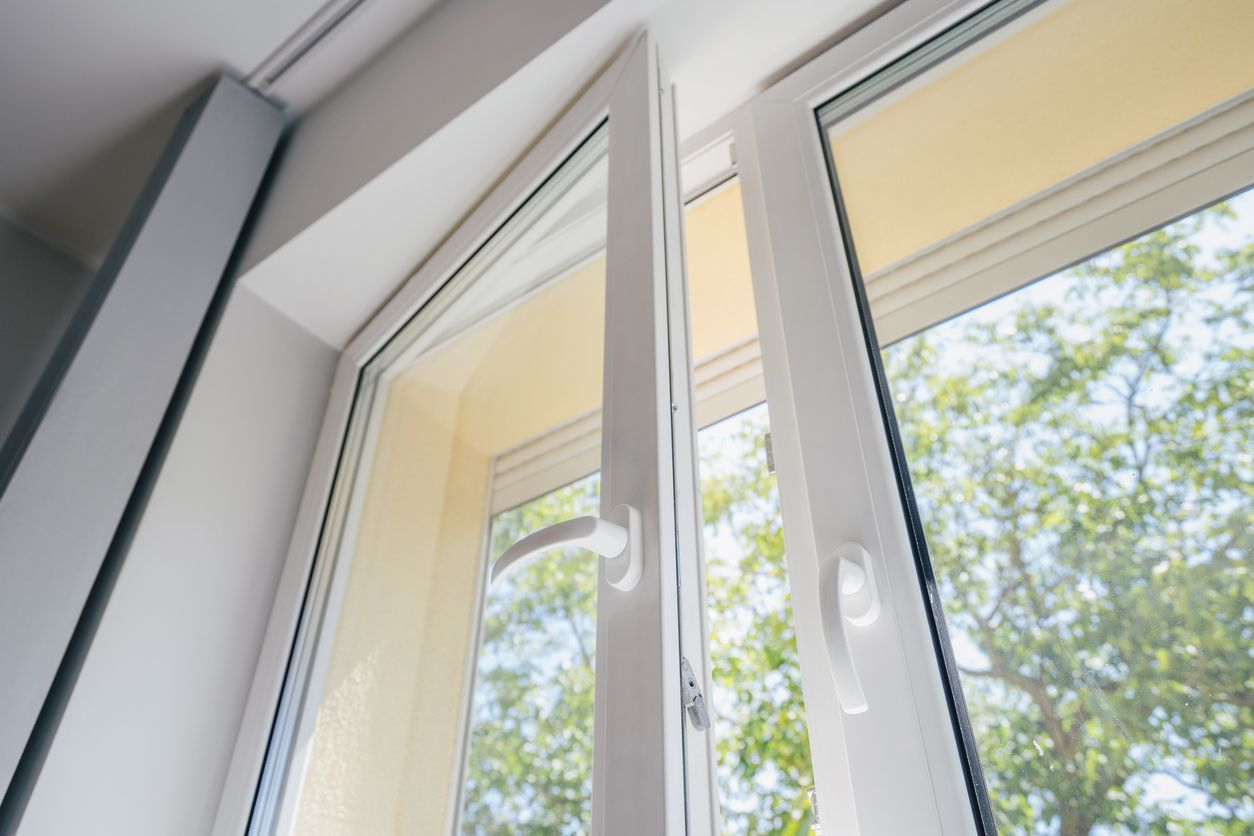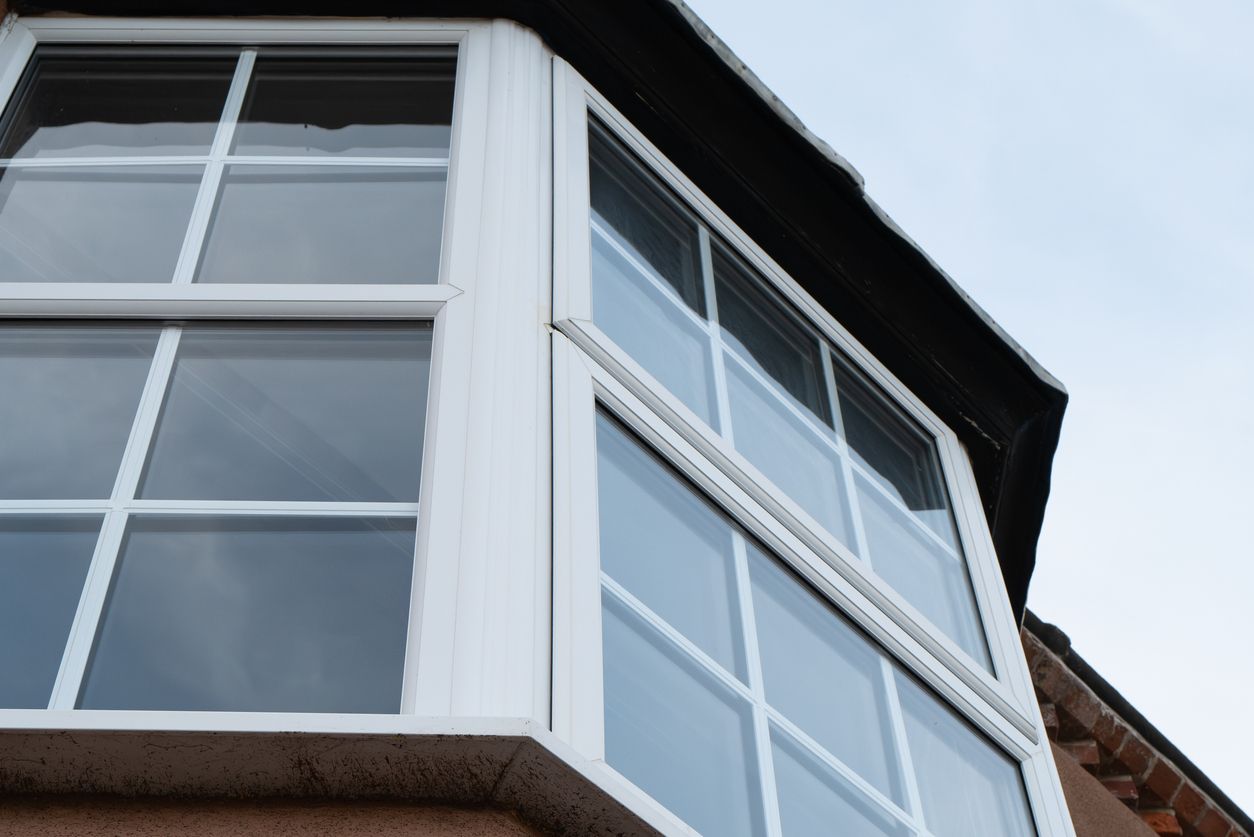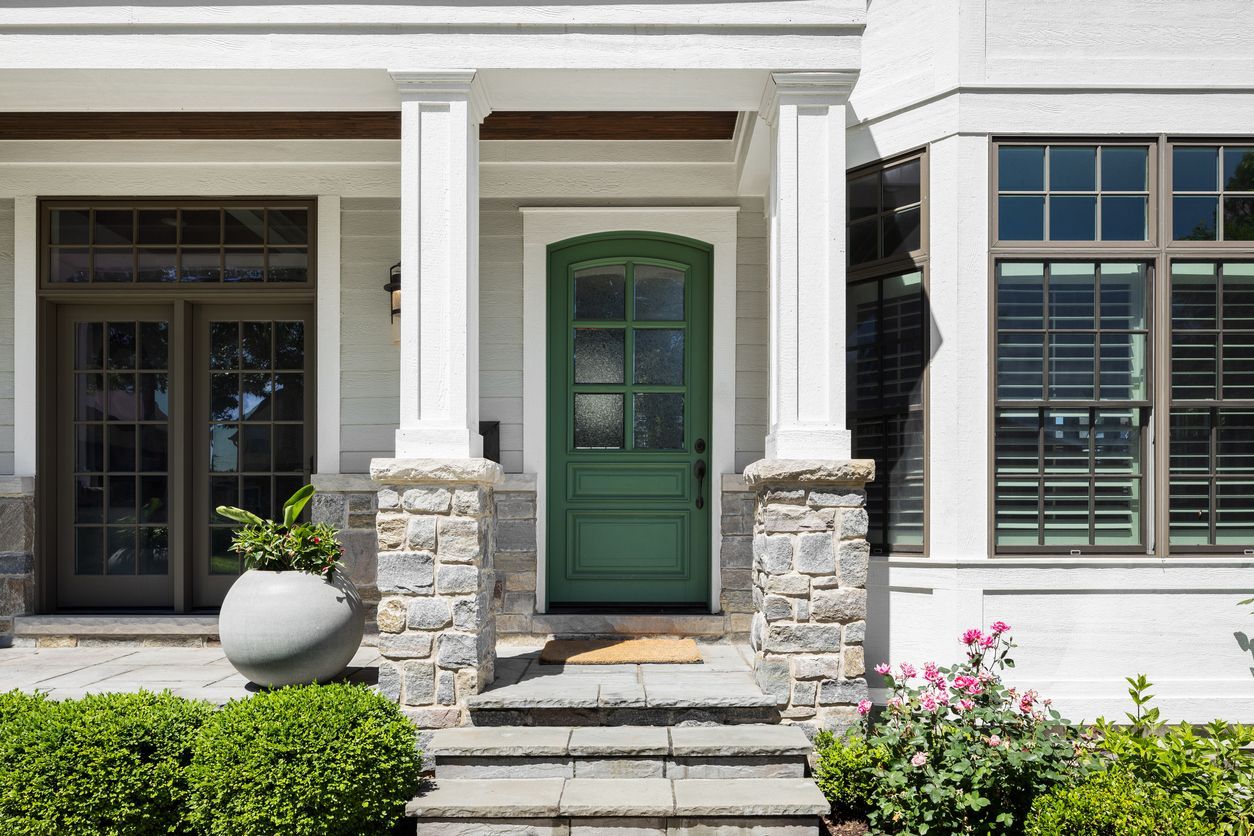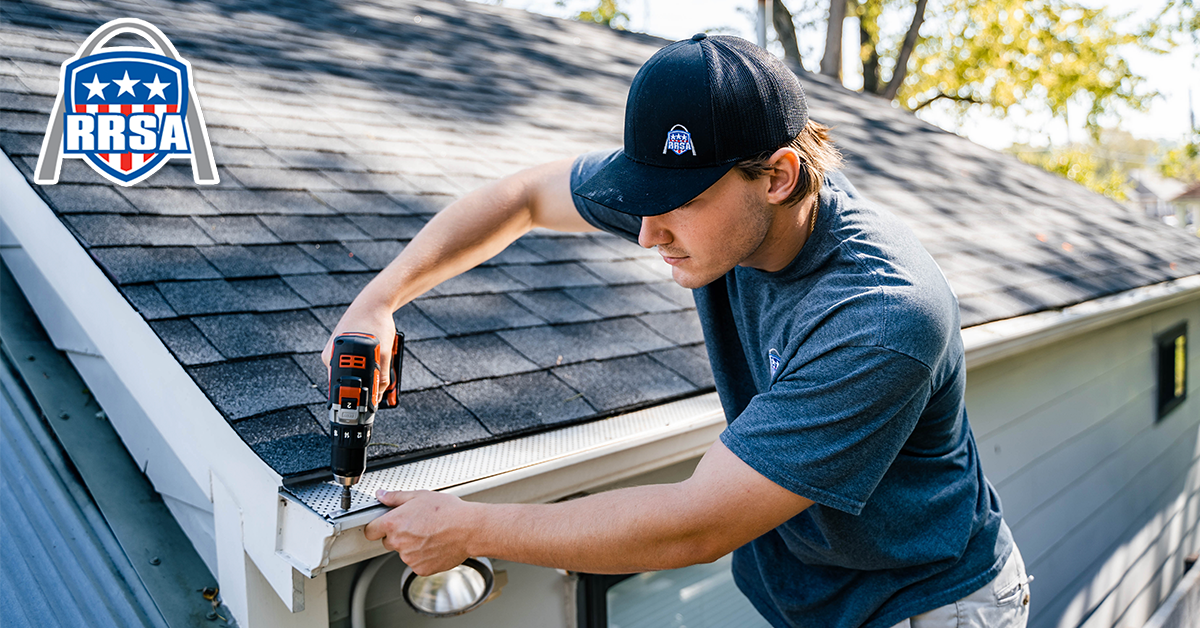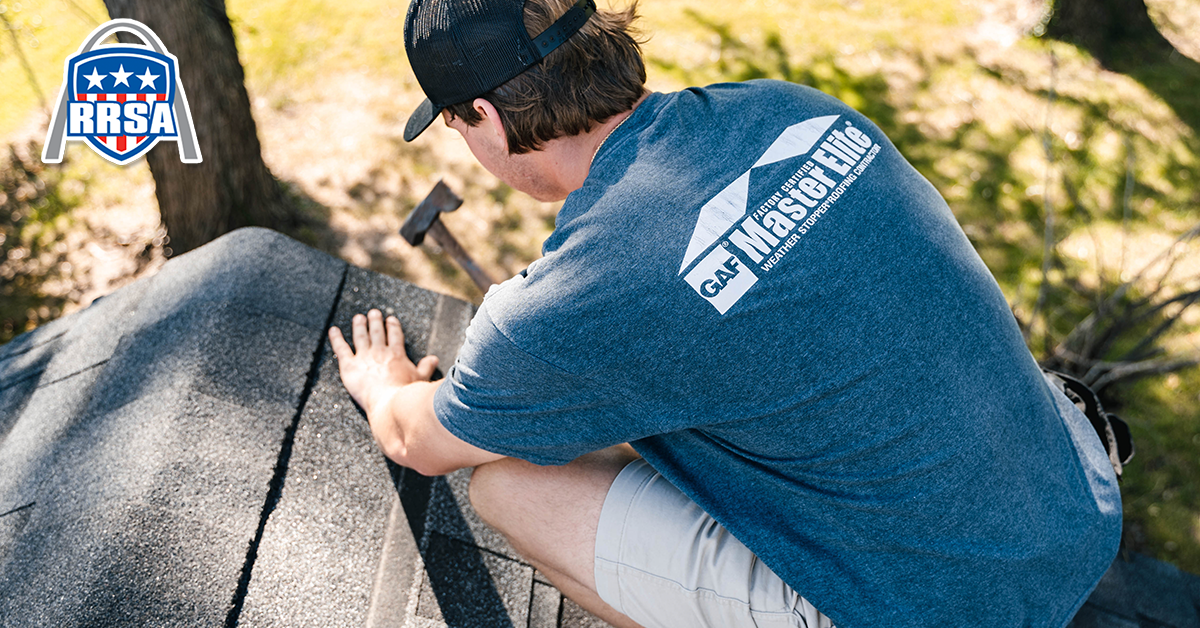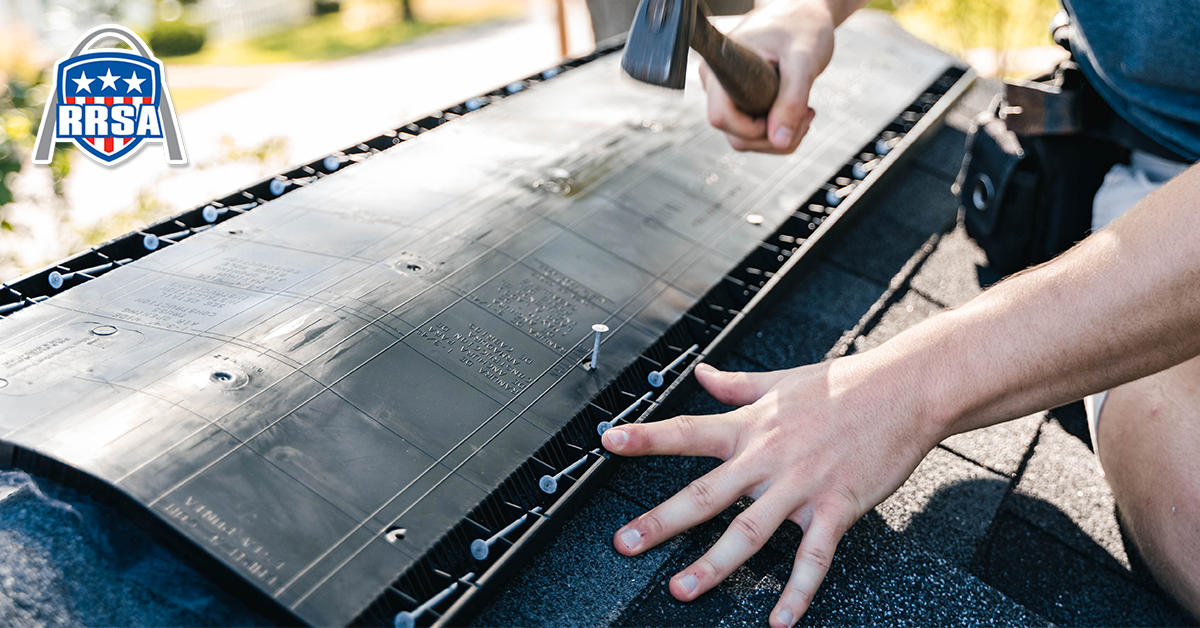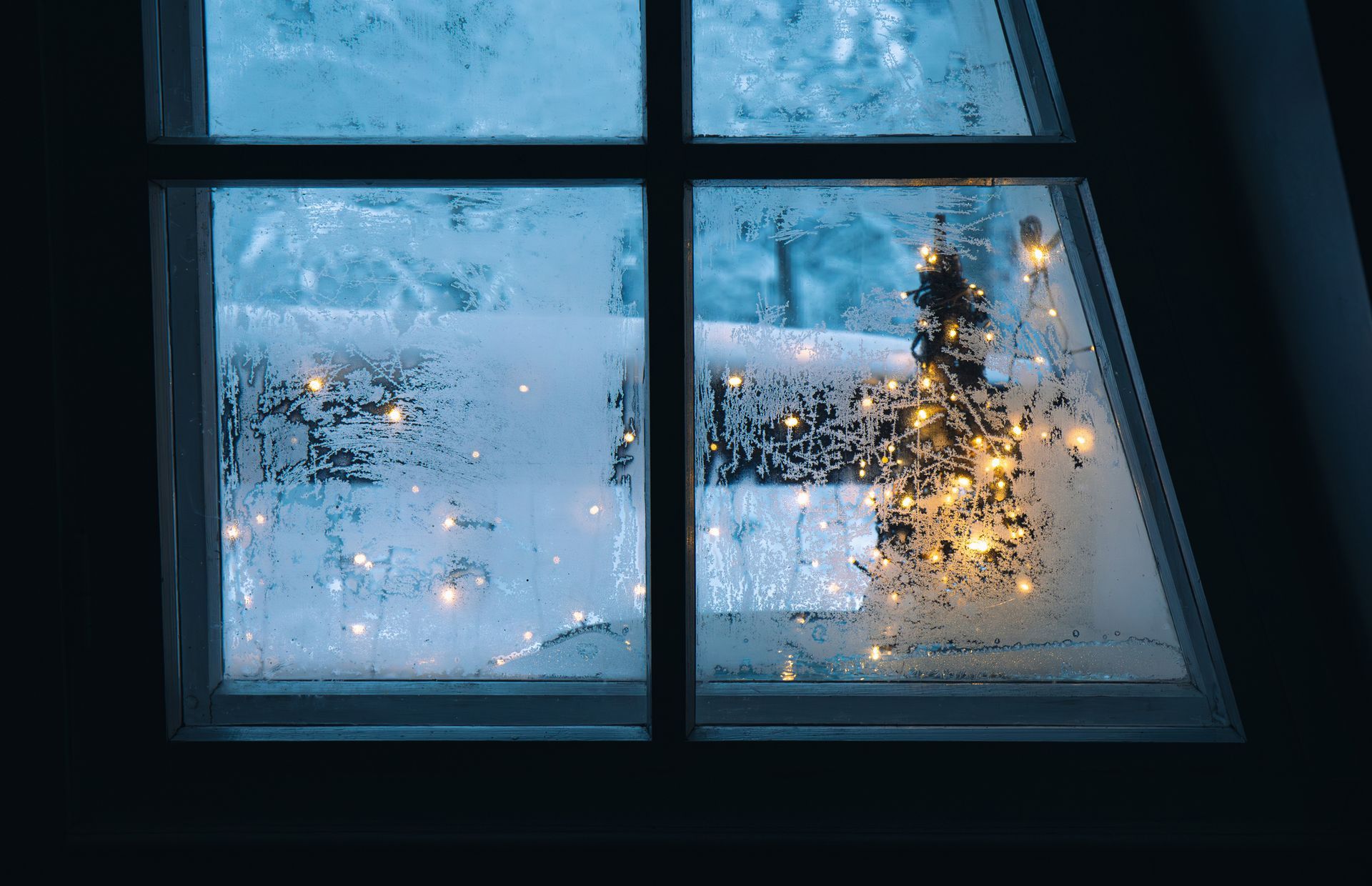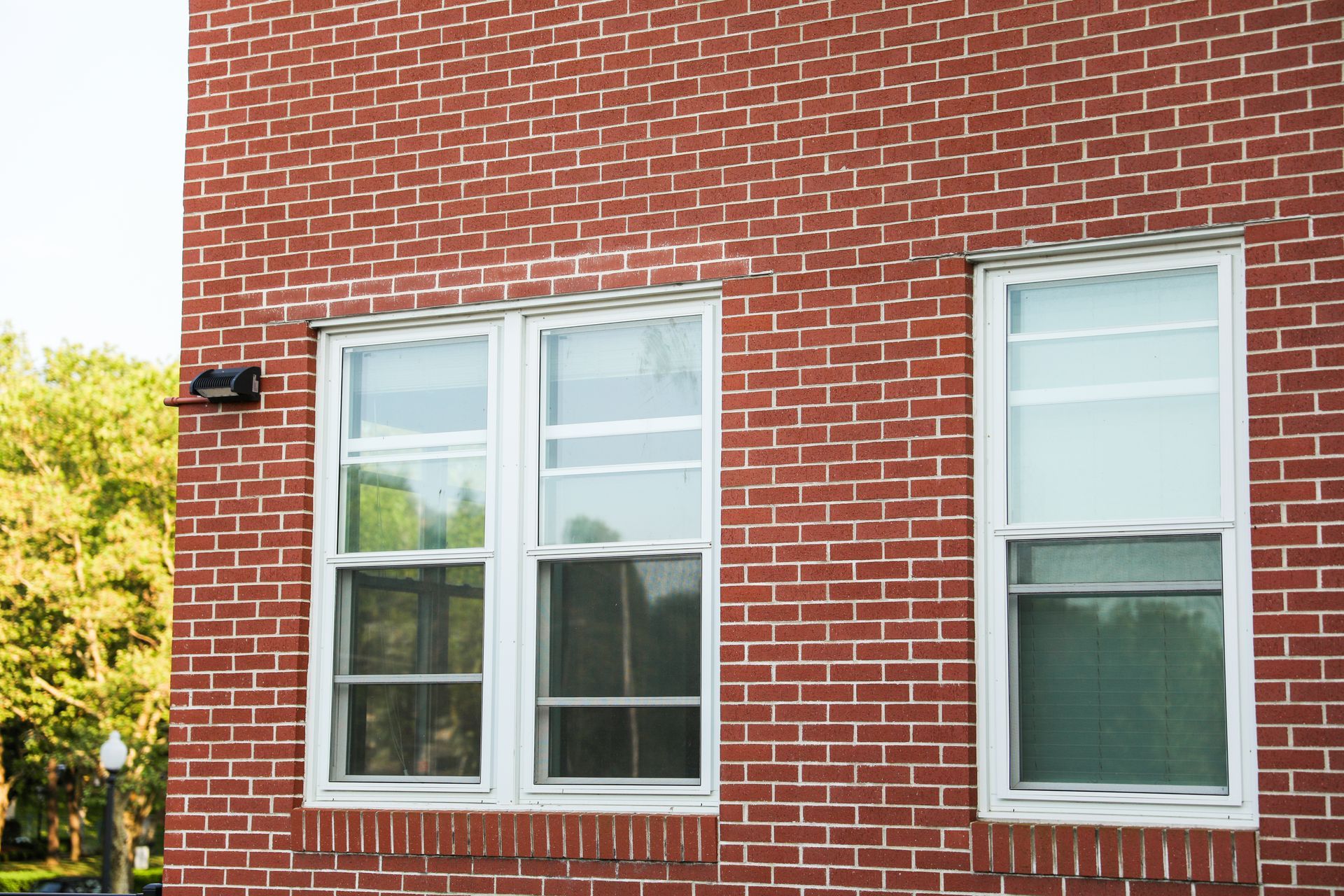Three Signs Your Roof Is Getting Old
It’s hard to gauge the life expectancy of a roof. The best estimates put the lifespan of the average roof at between 20 and 30 years for standard asphalt shingles. Other materials, like clay and concrete, can last up to 100 years. Aside from materials, lots of factors play a role in aging or preserving a roof: temperature, exposure to elements (like wind and hail), and maintenance history. But no matter what kind of roof you have, it pays to know what the early signs of age and degradation are so that when you see them, you can act before your roof becomes compromised and begins to leak, which can cause thousands of dollars of damage, or otherwise fail. Let’s take a look at three warning signs that your roof is getting up there (pun intended).
It Looks Bad
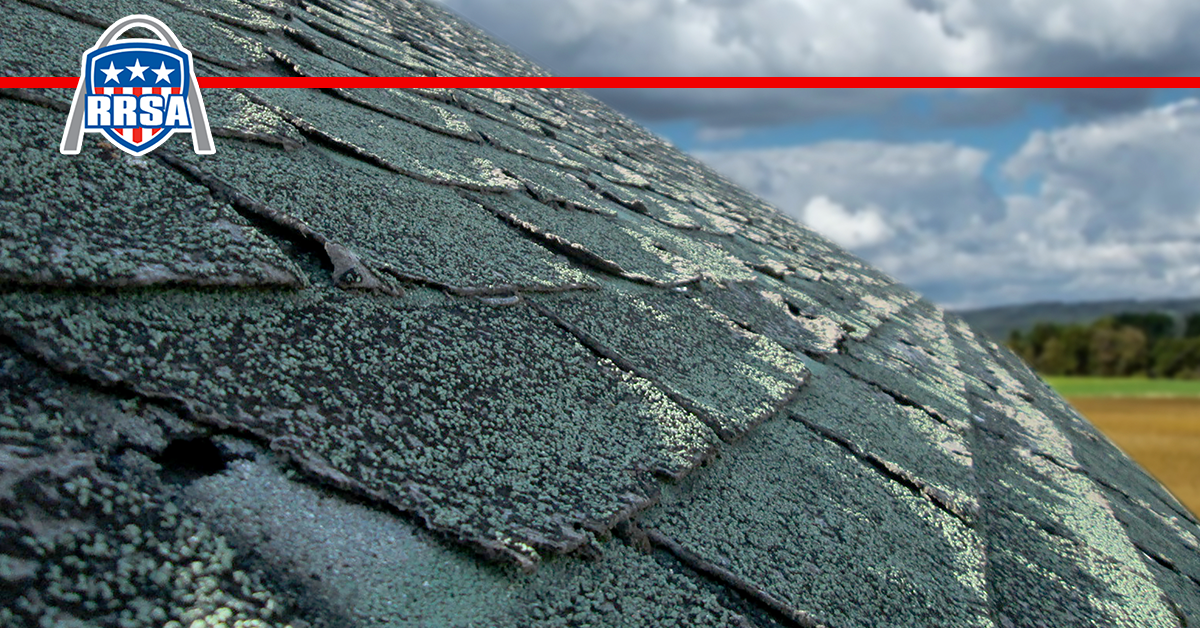
It may seem like a no-brainer, but the appearance of your shingles is probably the first clue that your roof is aging; besides leaving you vulnerable to leaks, outdated and aging roofs also seriously affect your home’s curb appeal and perceived value. For asphalt shingles, that means cracked, loose, curling, or distorted shingles. For less common kinds of shingles, the same rule holds up. Metal shingles show rust, wood shingles rot and grow mildew (which can later affect other parts of the house, contributing to the nearly 70% of homes with mold problems), clay/concrete shingles chip, and slate shingles crack. Additionally, places on your roof that appear to be sagging or drooping could mean that your roof has been damaged by moisture and needs to be replaced.
It Has New Life
Notice that your attic is starting to look like a bit of a greenhouse? Your first instinct was probably right: that means something from the outside has made its way into your attic; chances are that it is thriving on the moisture that exists in your attic already. As we mentioned in December’s post, the existence of moisture in your attic is generally a bad sign — and often one that can be remedied with proper roof ventilation. But if it’s the case that the moisture is caused by faulty or leaky tiles, roof ventilation is only part of the solution; the rest is to repair or replace the faulty roofing at fault. If you observe high moisture or plant growth, we advise a complete roofing inspection to paint the most accurate picture of your roof’s problems and possible solutions.
It Lets In Sunlight

When you step into your attic, can you see sunlight pouring in from a non-window light source? If you guessed that you shouldn't be able to see sunlight, you guessed correctly: it almost certainly means that your roof is compromised in one way or another. As mentioned above, a gap between shingles could spell water damage over time if left neglected. So what’s the best course of action? Get an inspection. A+ BBB-rated RRSA is happy to offer free inspections, even within 24 hours if your case is an emergency; and we can recommend solutions (plus financing offers) so that you can achieve peace of mind without going broke in the process.
